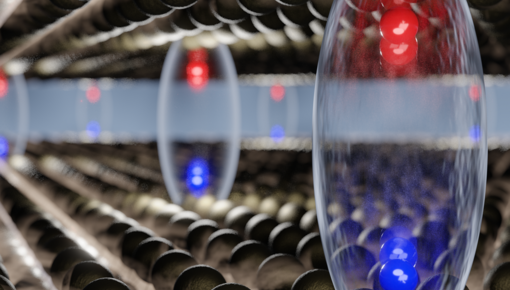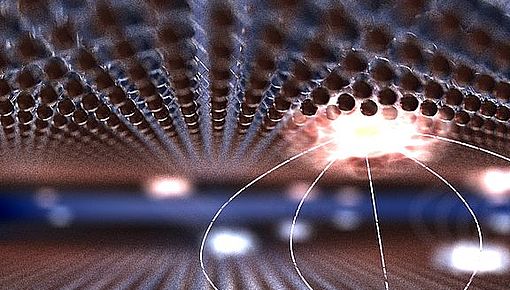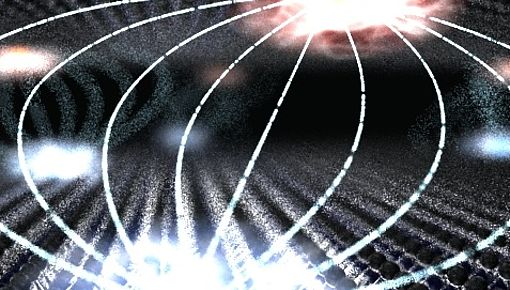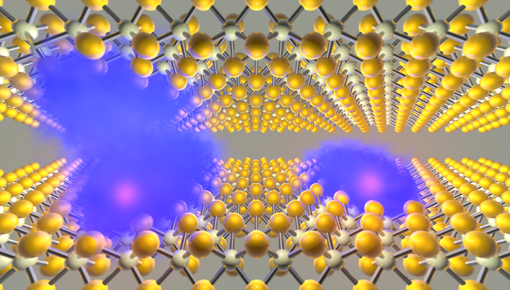
Subcycle dynamics in quantum materials
The class of two-dimensional van der Waals materials has recently emerged as a great platform to design materials on demand. Bulk crystals can be thinned down to the ultimate limit of only a single atomic layer. The reduction of dimensionality results in exceptionally strong Coulomb correlations in monolayers. We have focused our research recently on the semiconducting two-dimensional materials made from transition metal dichalcogenides (TMDCs). There, optically excited electrons and holes are bound to each other by their strong Coulomb attraction - just like electrons are bound to the nucleus in the hydrogen atom - forming so-called excitons. By observing their atom-like energy structure with subsequent ultrashort light pulses in the mid-infrared, we can directly access the binding energy and the ultrafast formation of these quasiparticles. Thereby, we are not limited by interband selection rules and can probe exciton dynamics on ultrafast timescales including the typically hidden "optically" dark excitonic species.
Furthermore, by stacking and twisting different monolayers in a targeted manner, band structures and Coulomb correlations can be tailored to achieve unique optical and electronic properties. Heterostructures of atomically thin materials thus provide a laboratory to explore novel quantum states of matter. Recently we have resolved the formation process of interlayer excitons in layered heterostructures. By changing the stacking angle, we could then precisely control their binding energy and lifetime. Lately we have managed to fine tune the interaction between electrons by coupling to polar crystal lattice vibrations of a neighboring layer.
Highlights
July 2023
Launch of the ERC project Orbital Cinema
April 2023
Publication in Nature
October 2022
Publication in Nature
August 2021
Coverstory in Nature Photon.
May 2021
Publication in Nature
December 4, 2020
Publication in Science
→ News







